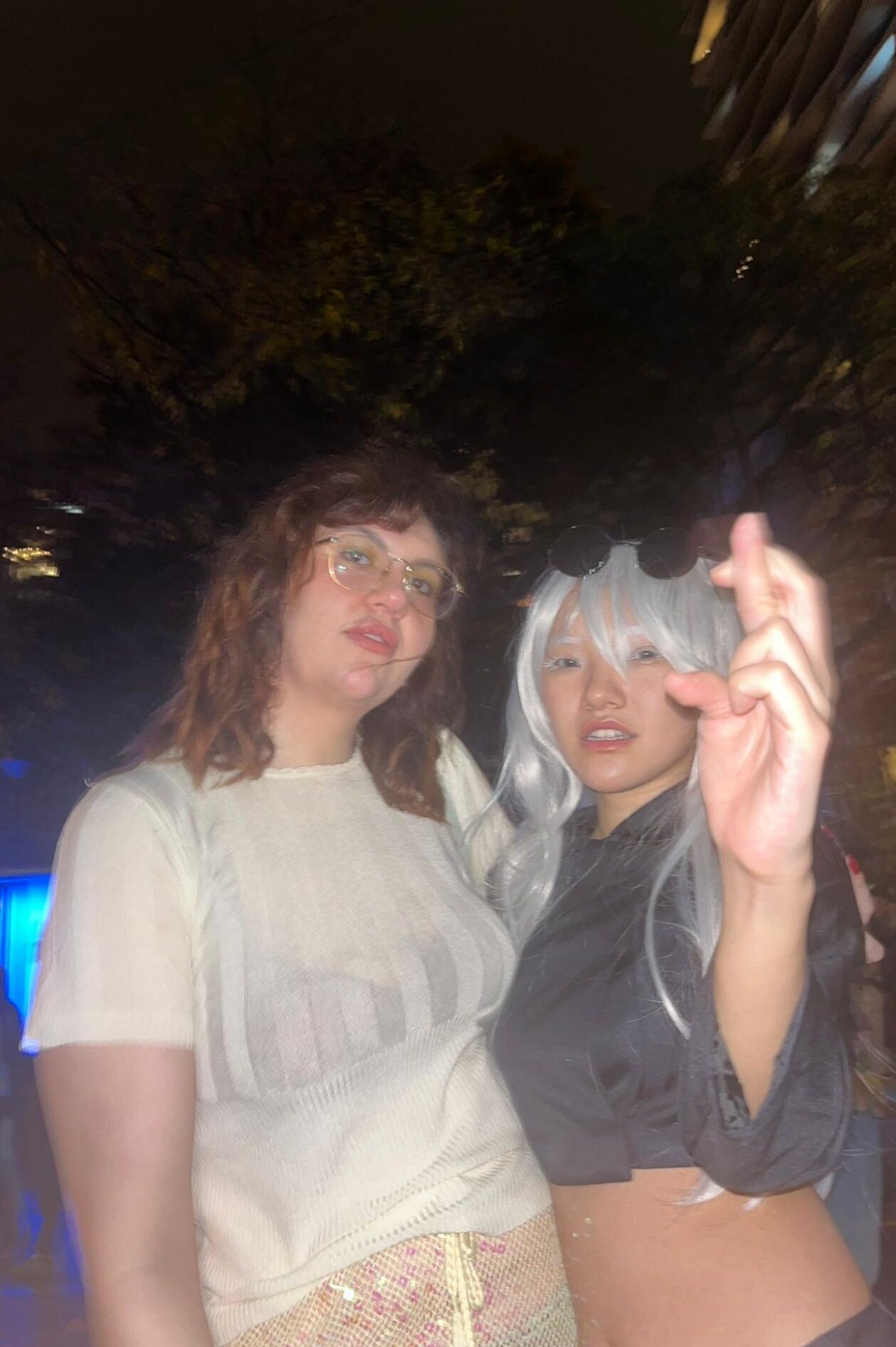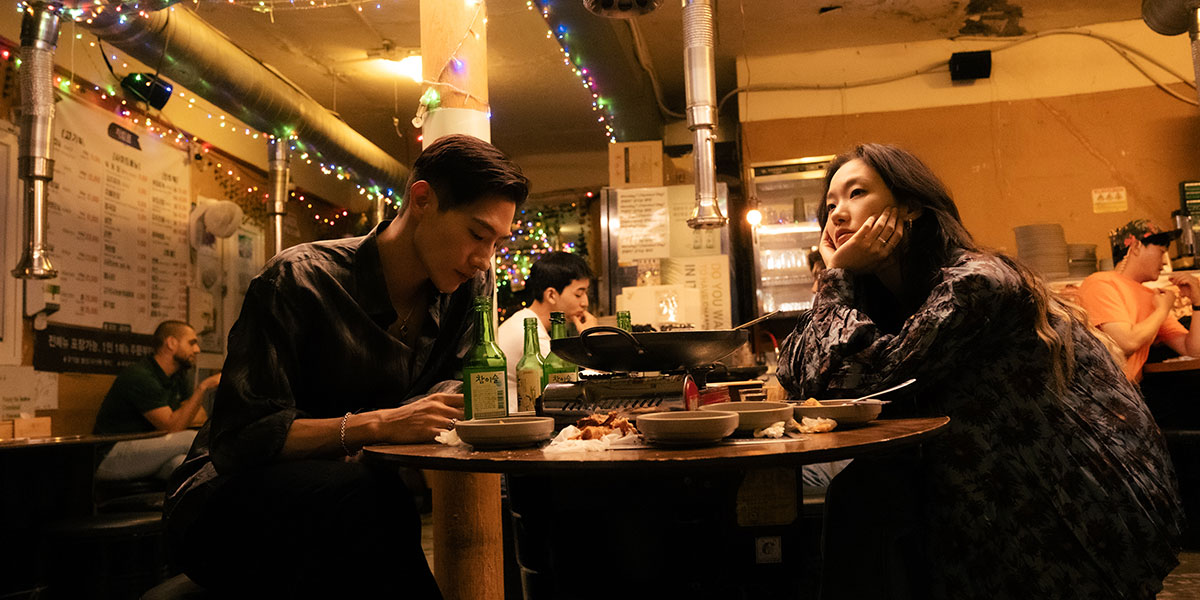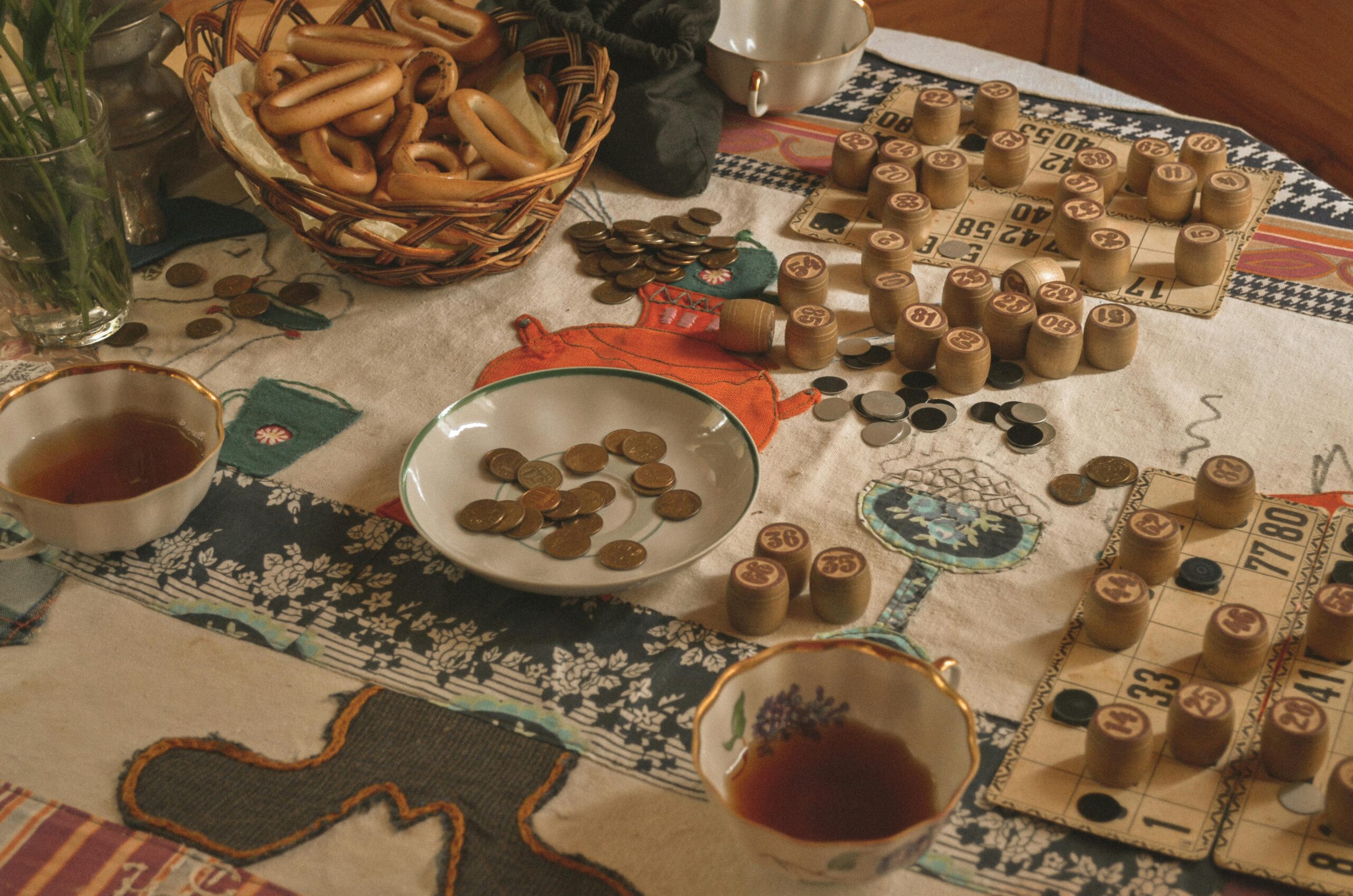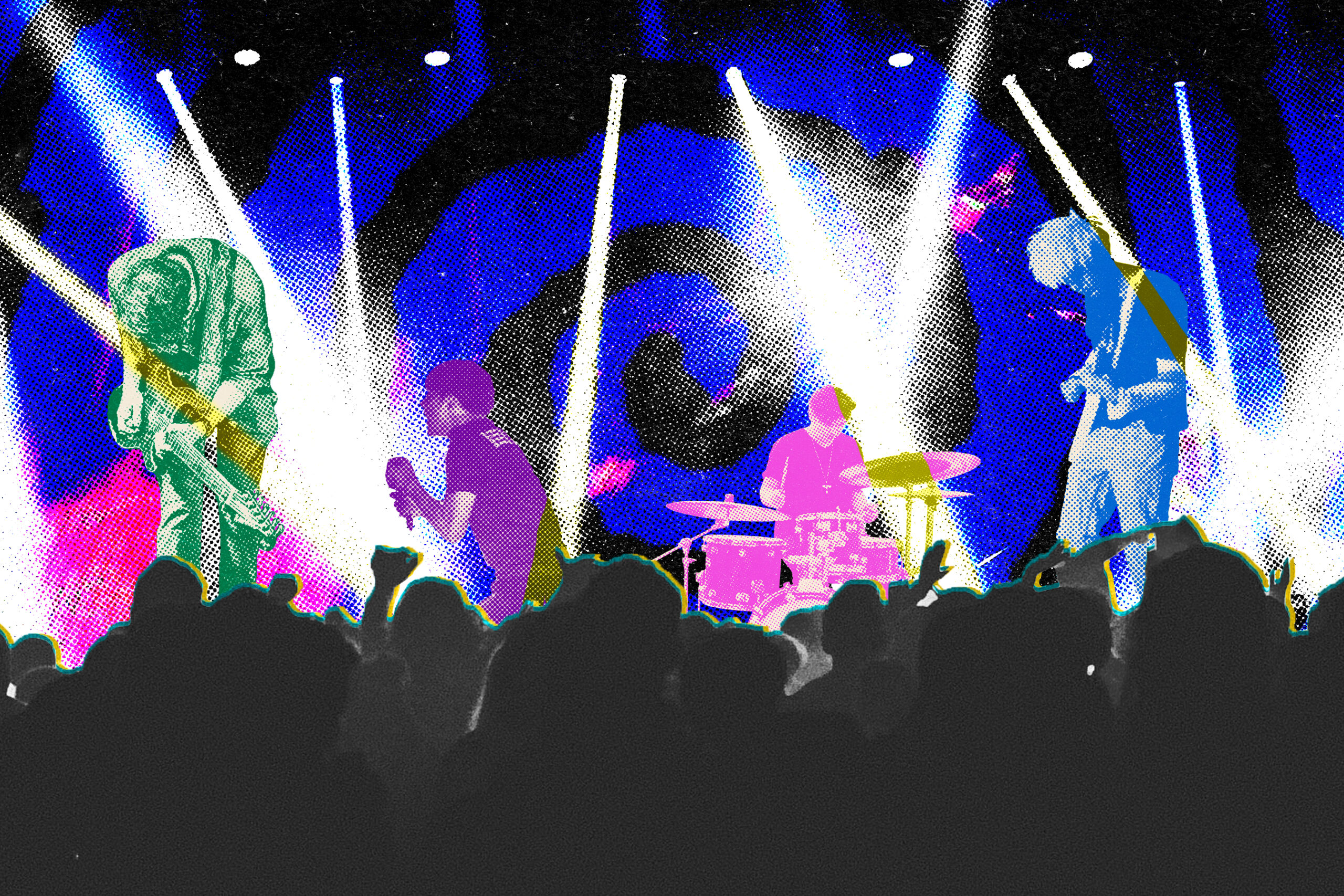Immersive media lab program offers opportunities for Black creatives to experiment in VR technology
By Jasmine Makar

In the relatively new world of immersive media production and digital storytelling, getting a foot in the door within the industry can be challenging, especially with financial, racial and time constraints. Building a space for up-and-coming creatives to learn and create tangible prototypes and receiving guidance from mentors can encourage new talent in the industry.
Within three years, the OYA Black Arts Coalition (OBAC) and the Canadian Film Centre (CFC) have created a five-month-long intensive incubator program to allow black creators to experiment and create something new within the competitive field.
The immersive media lab program created by OBAC and CFC ran their final cohort of participants this year with 11 new faces separated into three groups. Each group decided on their own theme to implement in a virtual or augmented reality environment.
A previous participant and current program lead of the immersive media lab, Valerie Amponsah, explained the benefit of this program for the industry as well as the individual level.
“This program is impacting the industry as it’s giving folks, specifically Black-owned media companies, a chance to be in this relatively new industry, and I think that’s important because we need to have our perspective shown when it comes to different storytelling,” said Amponsah.
Acting as a stepping stone for creators, the program’s structure consists of mentorship, networking, and the learning and knowledge aspect, resulting in participants having a tangible prototype using their ideas in VR. Participants in the immersive experience also hear from guest speakers with industry experience. Many speakers have been welcome, including Emmy-winning filmmaker Tamara Shogaolu and Grammy-winning music producer Young Guru.
Although this opportunity is fast-paced, it comes at no expense to the participants because of the support from government funding through the Black Entrepreneurship Program Ecosystem Fund. It eliminates financial barriers in an otherwise expensive industry to promote inclusivity and representation.
This year, the three teams developed creative and innovative ideas for their VP/AR prototypes. Meditation, music production, and space are all ideas that this year’s cohort has developed to come to life and extend beyond the program. Working as a team and interacting and learning from mentors allows participants to broaden their scope and reach into their preferred area while still having a space to experiment.
“It’s helped me in the sense that it gave me a community to get started in the tech industry and particularly the gaming industry as well,” said Debbie Deer. “Just getting to meet people who are like me in the sense that we have similar backgrounds and we have similar goals.”
Debbie Deer, who was a past participant and a current mentor in the immersive media lab, shared her growth because of the program and the opportunities it has given her to grow her career and find a community.
“After doing this programme, they’re part of the OBAC family, and being part of the OBAC family means the support always continues on and on throughout their career,” said Amponsah, adding that, unlike other programs, the immersive media lab continues to connect participants with mentors for three months after the program’s completion.
The immersive media lab was brought to life by OBAC in partnership with CFC, and Ngardy Conteh George, a co-founder of OBAC, explained the deeper purpose and original idea behind the non-profit organization.
“It was really born out of necessity to bring up the next generation as we were kind of growing our production company and to fill that gap, you know, after being in this industry for 20 years, just understanding how difficult it is to get that break at that start,” said George.
The importance of representation and inclusivity in this new technology space is critical, as emphasized by George, and the positive discrimination of the program allows for a safe space.
“When you talk about new technology, it’s normally whitemale-ed. And so we thought, okay, let’s try to figure out ways to create opportunities for Black creatives to kind of enter the space, experiment in the space, and just get exposure and opportunities,” said George
The vision that brought OBAC to life and essentially created the immersive media lab has driven many alums from the immersive program to extended opportunities after the program. Currently mentoring and past participant, Deer has since created her own incorporated company and has been asked to engage in other projects and speak at conferences.
Since graduating from the immersive media lab program, Deer has also been presented with the “Collimation Creators Grant” by Adrian Rashad Driscoll on behalf of his organization for her work in XR.
Leading up to this year’s final showcase, as the third and final cohort of the immersive media lab, this cohort was able to experiment with actual tangible prototypes and learn from previous participants.
“I’m really excited about this program because to see the quality of the program from year one to year two, and how I think the quality increased with the different ways we were able to support the participants. I can only imagine this year how much that has also increased by,” said George.





